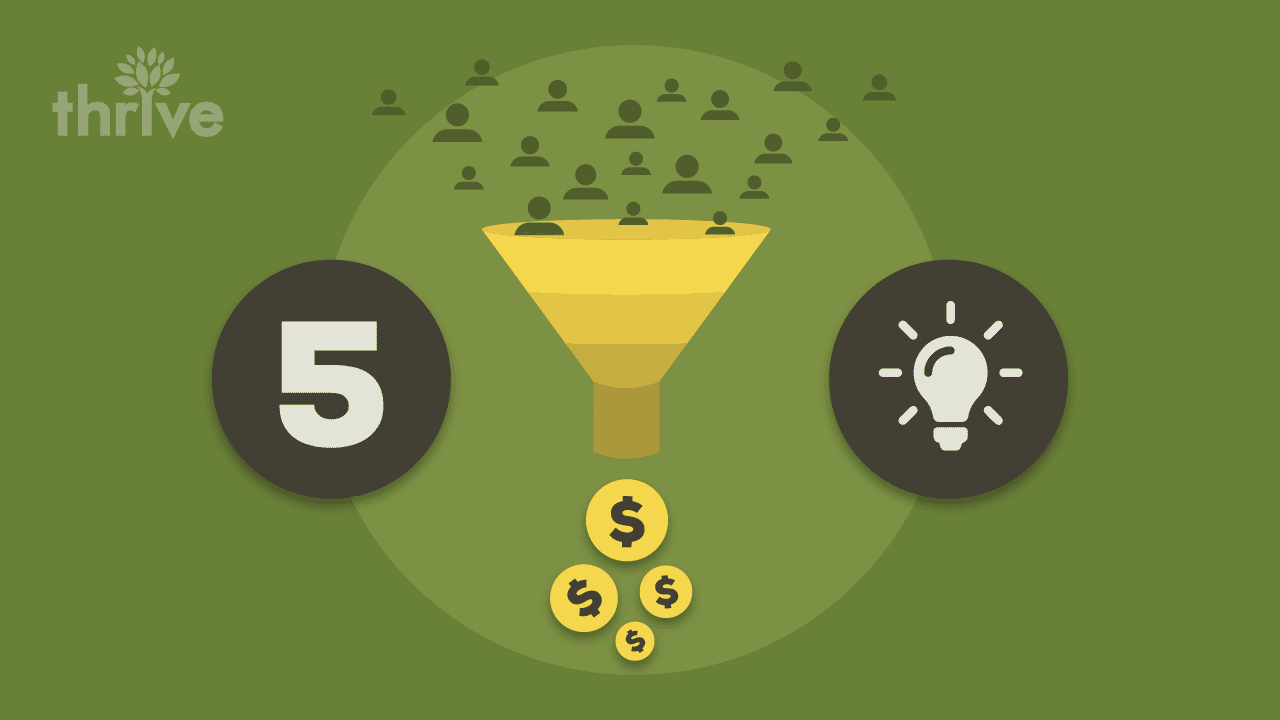What conversion rate should you strive for? That’s a loaded question…
A good answer is — a conversion rate that is better than last month.
If you continually look at ways to boost conversion rates and continually tweak and improve your marketing efforts, chances are that you’re doing the right thing. Always strive to do better and while you do, you’ll be able to act quickly if something goes awry and your conversion rates drop instead of rise.
Here are some conversion rate optimization tips as well as some conversion rate optimization best practices that may work for you and your
online marketing strategy.
Conversion Rate Optimization Tips
Continuous assessments of various elements of your marketing strategy are vital. You need a constant eye on your website analytics, your paid marketing campaigns, your social media strategy, your online reputation, the list goes on…
Tip: It’s a great idea to portion your CRO efforts so that you can focus on one area at a time.
Here are some of the areas you’ll want to consider.
Split Testing with Content:
Which headline / call to action / layout is best? Consider running some A/B tests to try that out. You might find that a certain style of headline and / or a specific sales letter writing style works well for you. The same goes for font, text size, and target audience. Don’t forget to consider where your target customer is reading that content. Different styles/layouts might work better for your mobile audience versus someone reading or viewing that content on a desktop.
Website Navigation
How’s the navigation on your website? What’s your current bounce rate? Has it changed since you made the last set of changes?
Looking at the site’s layout is important. Looking at where you’re sending visitors is also important. Because every single page on your website is a potential doorway for new customers, you want to look at where they might be led after they arrive. Is it a dead end? Do you have any calls to action? Are you leveraging breadcrumbs in your navigation so that once someone digs deeper, they can find their way backwards? Is there a call to action above the fold? What happens when your visitor reaches the end of the page? There’s a lot to consider.
Looking at how they arrived (referring site, referring keyword search, etc.) as well as what they did when they arrived can help you boost conversion rates.
CTA Buttons
Call-to-Action buttons and links are essential. You may have to experiment with placement of these buttons to see what’s effective. You might also experiment with their look/feel by doing some split-testing to see if people are more likely to click your blue button or your red button / the one with the text versus the one with the image, etc.
Suggestion: Split test with different text on your CTA buttons as well as location. The button might not be the issue. The text could be more compelling / less compelling.
Landing Pages
Landing pages are great for specific campaigns and offer you a great way to test different methods of copywriting, of paid advertising, of SEO techniques, and of target user. Look at how your visitors arrived, whether or not they were a bounce, and what they did upon arrival to help you boost conversion rates for your landing pages.
Lead Forms
Make sure you’re capturing your leads. A conversion doesn’t have to be a sale each and every time. It could be an opt-in, a social media share, a lead form filled out, etc.
If you write a great piece of content and you’re getting great traffic levels, be sure you’re actually capturing that lead. There are lots of ways to do that. You could boost conversion rates with a lead form. Maybe you’re inserting a newsletter or blog subscription sign-up graphic or pop-up. Or, perhaps a good strategy might be to offer something in exchange for a sign-up. Free content. A coupon code. A social media contest. Something? Wait… a pop-up? Aren’t those a turn-off? Why not run some tests and try out pop-up windows? Depending on the scenario, they could actually boost your conversion rate.
Tip: make it easy for your visitor to close a pop-up, in case they aren’t interested, and offer a secondary call to action in case they aren’t interested in what your pop-up says (or have pop-ups disabled in their browser) but are still interested in your brand / product.
Conversion Rate Optimization Best Practices
Regularly read your web traffic reports and do your best to travel through your website with the eyes of a customer or target customers are going to help you ensure you’re not missing the boat on ways to improve under-performing areas as well as ensure that you can capitalize on successes you’re experiencing.
Other things to keep in mind:
-
- Do you know what your page load time is on various devices? Is it hurting your CTRs? If so, what can you do about making it faster? Remember: your target customers are impatient.
- Does your website adequately represent your brand? How long since you looked at your site design? Is it time for more website development and optimization? Re-branding could make a big difference.
- Does your website instill confidence? Do you have web layout best practices in place to make customers confident about buying from you? Testimonials, trusted payment systems marks, guarantees, clarity on warranty, privacy policy, industry affiliations, and reviews all contribute to buyer confidence.
- When it comes to conversion rate optimization best practices, consistently working at understanding your reports and testing out marketing methods will serve you well. If you don’t have the cycles or manpower to do this regularly, it could pay big dividends to get professional help.
Do you have any conversion rate optimization tips to share? Feel free to drop them in comments.

